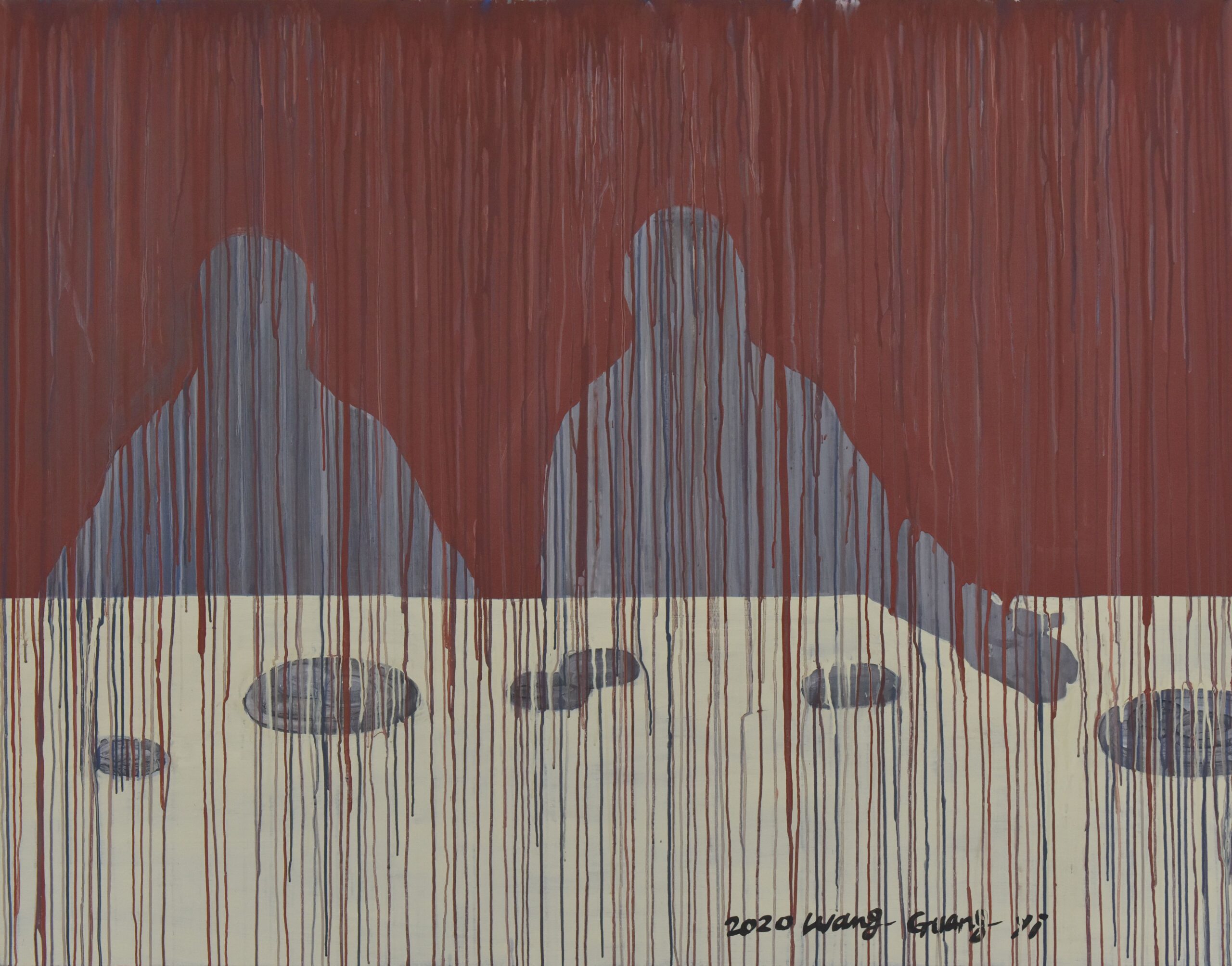
CM: Let’s now move to Demetrio Paparoni, curator of the exhibition. Obscured Existence revolves around four main themes that emphasize the concept of the rituality of everyday gestures. How did you arrive at the definition of these themes? And how do they relate to each other and to the public?
Demetrio Paparoni: In the West, Wang Guangyi is best known for the paintings of his Great Criticism series, which identify him as a pop artist. In reality, he has an attitude that is anything but pop. The vast pictorial production preceding the works of Great Criticism has a strong relationship with Western art history. He also has an intense production of large multimedia installations. But he has never stopped painting, always animated by a certain restlessness, typical of experimenters. Certainly, there are constant shifts on a linguistic level in his work, but fundamentally, his interest is always in themes such as transcendence, faith, and the relationship with phenomena that are hidden behind the apparent, behind things, even the most banal. It should not be forgotten that there is also a mystical component in his work, which in some ways brings him into line with Western artists such as Joseph Beuys or James Lee Byars.
Personally, I had the feeling that this exhibition in Florence represented a psychologically important moment for the artist: he has always looked at the great masterpieces of Western art and, with this exhibition, he was offered the opportunity to exhibit under the same roof that houses the works of our great masters. Exhibiting paintings created in recent years was, in fact, a sentimental choice.
CM: You mentioned how the exhibition was a great opportunity for the artist to exhibit alongside some of the greatest masters of all time. How have the history and specifics of Palazzo Pitti influenced the definition of this exhibition? In other words, the works presented here largely reference daily and domestic life. Similarly, Palazzo Pitti was the residence of the Florentine Grand Dukes and the Savoy family. Is there a connection between the works on display the private nature of the palace, and its history as a “domestic residence?”
DP: The relationship with the exhibition space was filtered by the fact that the exhibition, in addition to being curated by me, who have worked with him constantly for more than 20 years, is also curated by the director of the Uffizi, Eike Schmidt. I am a contemporary art critic who also deals with art of the past, Schmidt is a historian of ancient art who also deals with the contemporary. These are two profoundly different attitudes. The fact of being able to have a relationship with a historian of Schmidt’s caliber was very intriguing for the artist, who, as I said before, has always had a strong interest in our art history.
